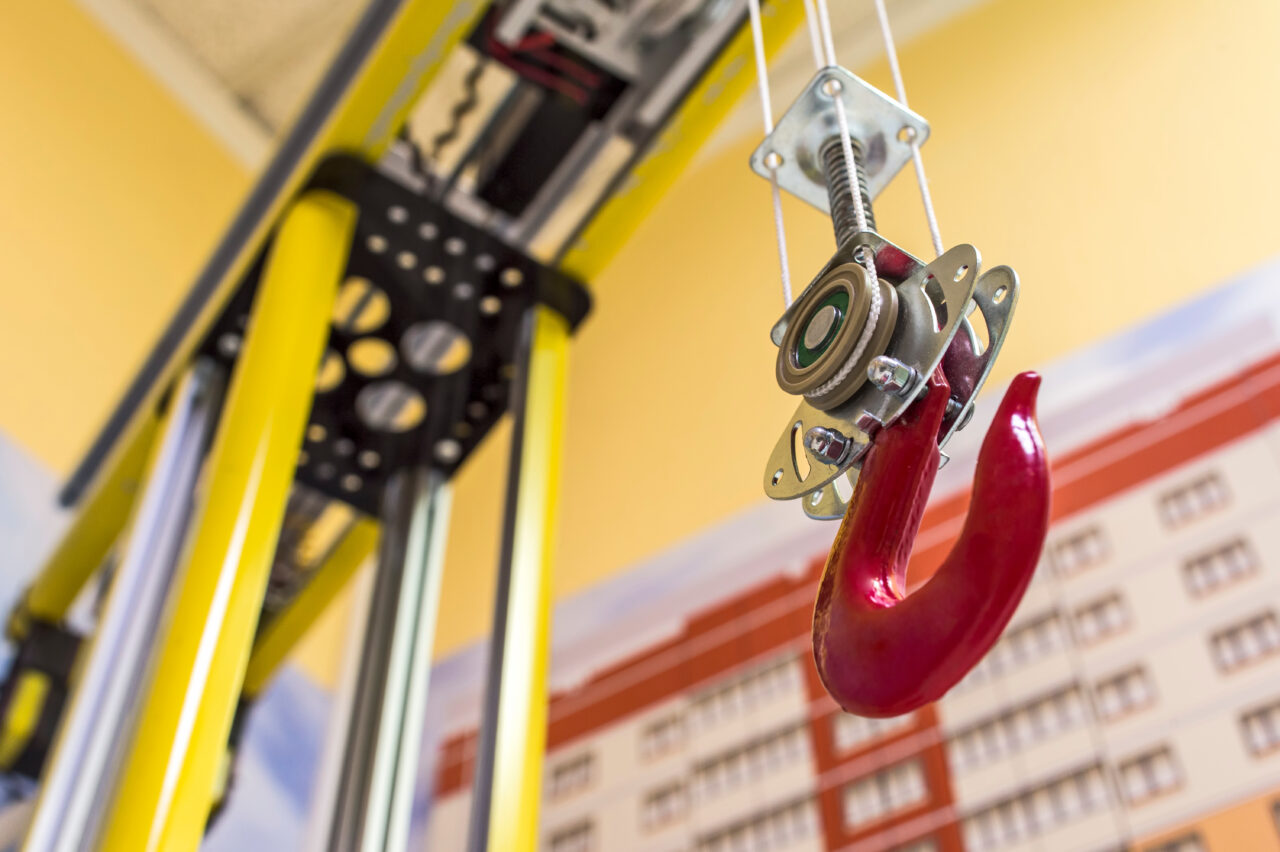
Are you intrigued by the towering giants that grace construction sites? Ever wondered about the intricate machinery behind their every move? Understanding the parts of a crane and how they work can make all the difference for crane operators and those exploring crane rentals. Dive into this comprehensive guide to uncover the inner workings of cranes, brought to you by Sheedy Crane.
1. Boom
The boom serves as the backbone of the crane. It’s the long, horizontal arm responsible for lifting and lowering loads. It comes in various shapes and sizes, depending on the type of crane. Booms are often telescopic or lattice and provide versatility and strength to tackle various lifting tasks.
2. Hook Block
Attached to the end of the boom, the hook block is where the load is securely fastened for lifting. It typically contains multiple sheaves or wheels to ensure a smooth operation and even distribution of the load’s weight, enhancing safety and efficiency.
3. Jib
Adding an extra dimension to the crane’s capabilities, the jib is an additional arm attached to the boom. Whether in fixed or luffing configuration, the jib extends the crane’s reach, making it indispensable for tasks in confined spaces or requiring precise maneuverability.
4. Counterweights
Counterweights balance the crane’s load by offsetting the weight of the lifted object. They are strategically placed on the crane to ensure stability and prevent tipping during operations. Proper counterweighting is essential for safe crane operation.
5. Cab
The cab is the control center of the crane, where the operator sits and operates the machine. It houses the controls for lifting, lowering, swinging, and other crane functions. Modern cabs are equipped with advanced technology for improved efficiency and safety.
6. Outriggers
When it comes to stability, outriggers are a crane’s best friend. These extendable legs are deployed when the crane is stationary, providing additional support and preventing any unwanted sway or tilting during lifting operations. Outriggers come in various designs, including hydraulic and manual systems.
7. Mast
The mast, also known as the tower or vertical element, provides height to the crane. It supports the boom and allows for vertical movement during lifting operations. Masts vary in height and configuration depending on the crane type and application.
Unlock the Power of Cranes with Sheedy Crane
Understanding the parts of a crane and their functions is crucial for safe and efficient operations. Whether you’re a seasoned crane operator or considering crane rentals for your next project, Sheedy Crane has you covered. We provide you with top-quality equipment and expert service to meet all your lifting needs. Take the first step towards mastering cranes by contacting us today.
